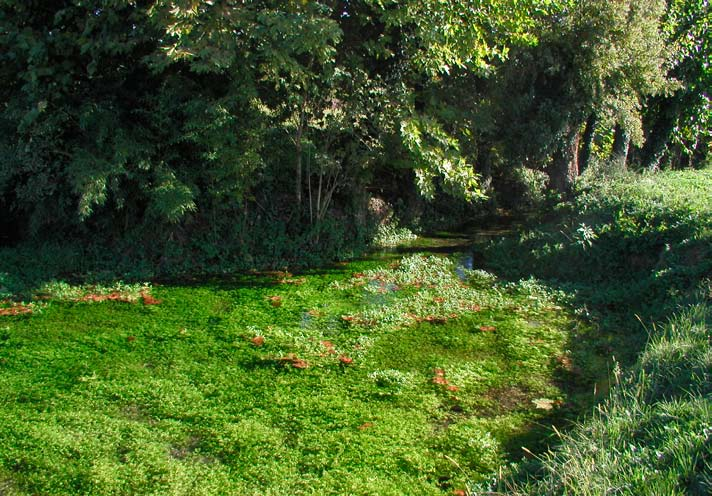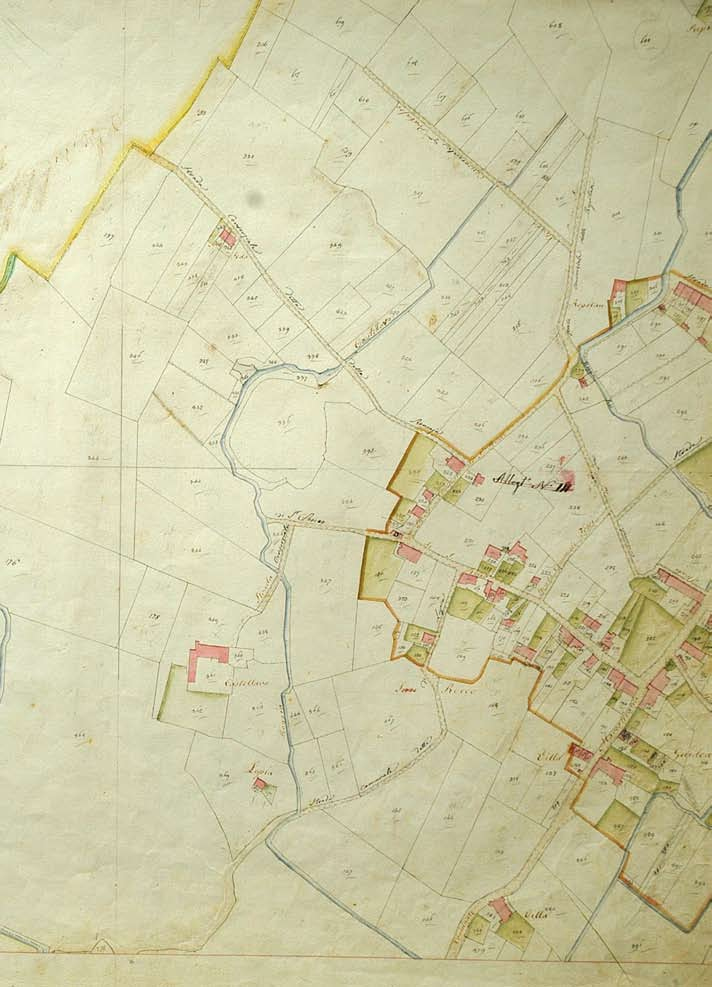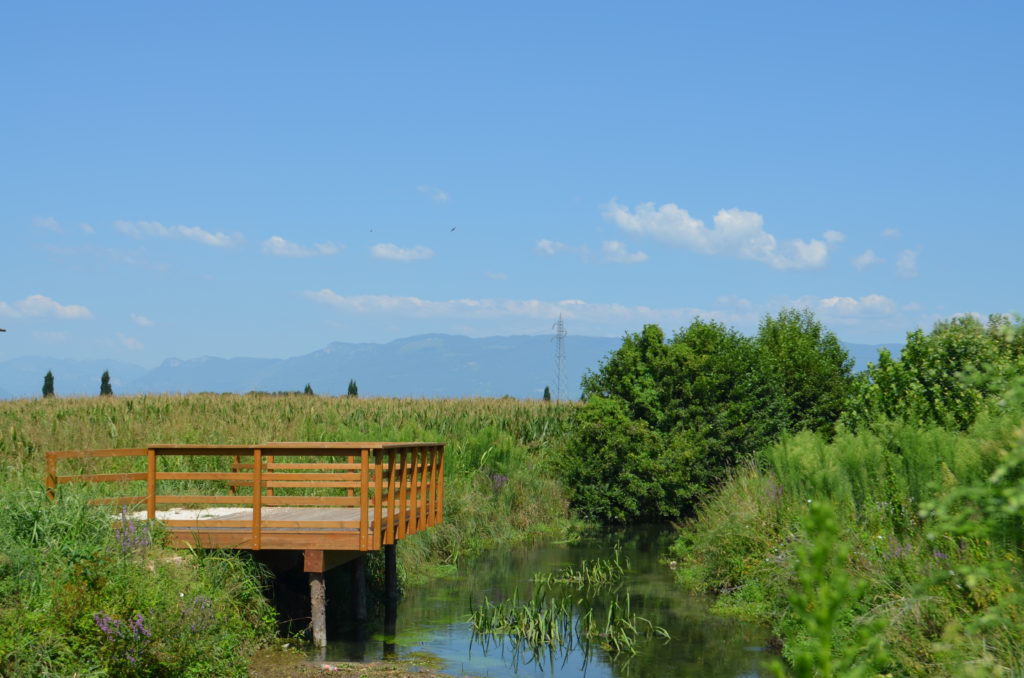Earth and water: a long-time bond

Wetlands and primeval forests
Before human settlement, the area of Bressanvido was characterized by marshlands and wetlands surrounded by dense forests of willows, alders and poplars, while the upland was ruled by the large common oaks typical of the Po-Veneto Plain vegetation.
Roman Era
During the Roman Era roads are created following the characteristic Roman grid and the modern Strada Napoleonica, leading to Villa Mezzalira from Poianella, represents an ancient road axis.

Braidum Sancti Viti
The history of Bressanvido, named Braidum Sancti Viti meaning “rural land of Saint Vitus”, is tightly connected to the presence in the area of the Benedictines of S.S. Felice and Fortunato of Vicenza, landowners since year 975 and living in the ancient monastery that is now Villa Mezzalira.
During the late Middle Ages the monks work to reclaim the land by creating a network of ditches for the drainage of the water, allowing the cultivation of this fertile countryside and the production of fodder.
Water as a valuable resource
The mid 15th century is the starting point of Bressanvido’s modern history, characterized by a shift in its relationship with resurgence water: the overpowering expression of nature turns into a valuable resource and an important environmental asset. During this period the Republic of Venice creates The Magistrato alle Acque (“Magistrate for the Waters”), promoting the creation of irrigation canals and waterways, bridges, defence systems for the river banks as well as the cleaning of the Brenta riverbed and of existing ditches. The creation of a rational arrangement of waterways allows landowners to keep mills running, water cultivated lands and channel overflows, thus creating many of the ditches still present today in the landscape of the resurgence belt.

Yesterday, today and tomorrow
In early 19th century the decrees issued by Napoleon proclaim the end of the religious property in Bressanvido and, with the subsequent Austrian dominion, the monastery becomes Villa of the Viceroy, property of the Archduke Rainer Joseph of Austria; in early 20th century this landmark is put up for sale and eventually acquired by the modern ownership, becoming Villa Mezzalira.
The effects of urban development and land use for farming shaped Bressanvido’s modern landscape, where many rows of mulberries, field maples and walnut trees, which served as vine supports and shaded field labourers, have been removed over time; this area also featured a multitude of ditches used for irrigation and drainage of excess water, those same ditches were once active resurgences, now inactive due to a drop in groundwater levels caused by the growing water-usage for domestic and industrial purposes.
Today, despite profound changes, the resurgence area in Bressanvido retains an important environmental and landscape value, focal point of many restoration, protection and promotion activities.
The overpowering expression of nature turns into a valuable resource and an important environmental asset.
Timeline
Some of the historical events that shaped this area’s evolution
